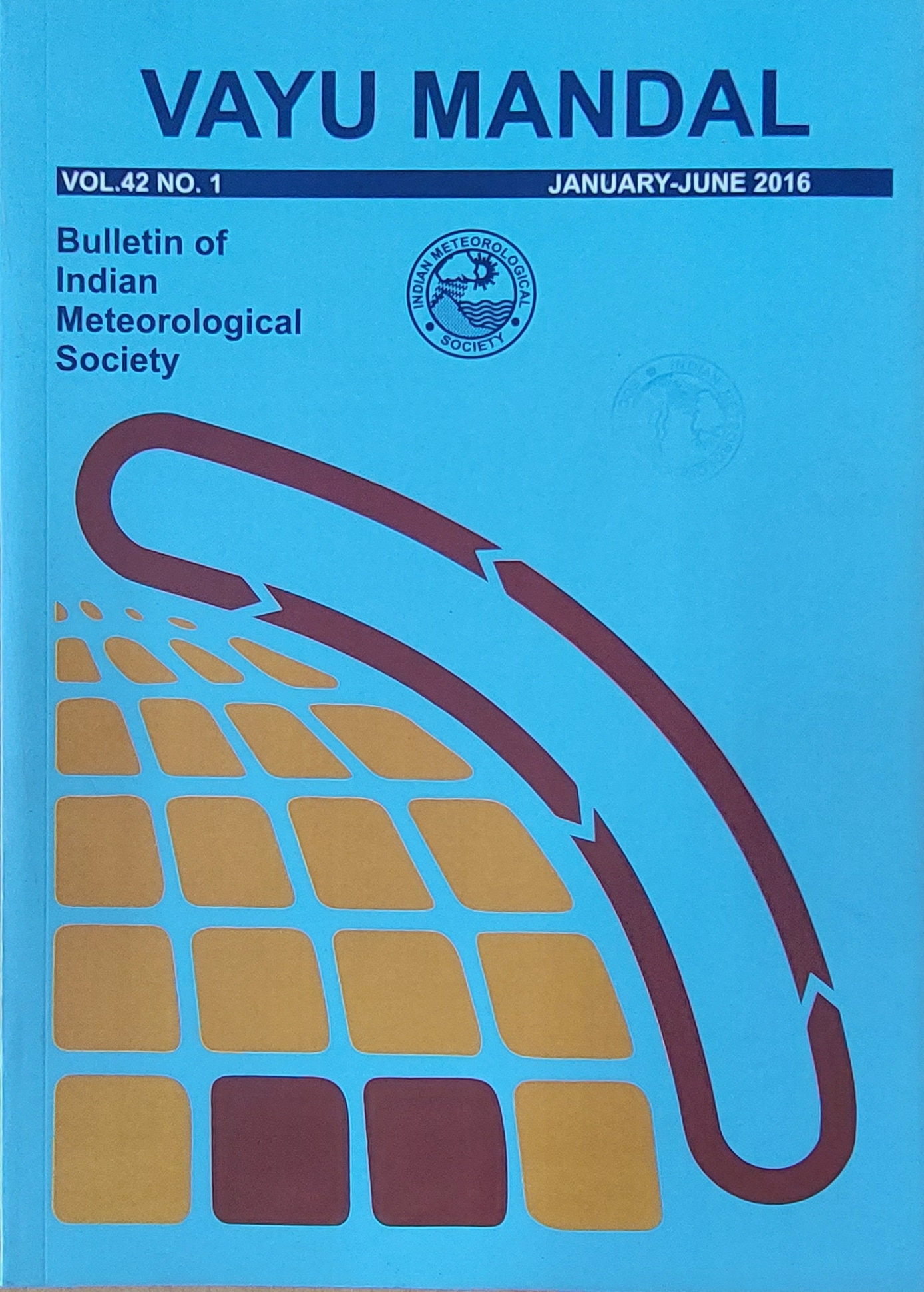Site Specific Tropospheric Radio Atmospheres for Improved Accuracy through GPS
Keywords:
GPS accuracy, Refractive index, Site specific radio atmosphere
Abstract
Global positioning networks (GPS ) which are used to study major crustal deformation through horizontal velocities are constrained for vertical velocities due to larger errors caused by tropospheric radio refractive index. Their variations in the Indian region are discussed in the light of synoptic and dynamical weather changes. Both the methods of using global models like ECMWF or NCAR to extrapolate weather parameters at the GPS site or Met pack at the site have limitations. In order to overcome these, various radio models for the Indian region are discussed from which site specific models can be evolved to improve the accuracy. It is suggested that local models of radio atmosphere ( bi exponential model ) can be initially taken with average scale heights of 9.01 km and 2.29 km for the dry and wet terms. A comparative study of the errors in velocity measurements from Indian navigation satellites, IRNSS with the other GPS networks is also called for to assess earthquake hazard in various sectors of Himalaya as well as within India.
Published
2024-02-24
How to Cite
Srivastava, H. (2024). Site Specific Tropospheric Radio Atmospheres for Improved Accuracy through GPS. Vayumandal, 42(1), 1-11. Retrieved from https://vayumandal.imetsociety.org/index.php/Vayumandal/article/view/134
Section
Research Paper
Copyright (c) 2024 Vayumandal

This work is licensed under a Creative Commons Attribution-NonCommercial 4.0 International License.
All articles published by VAYUMANDAL are licensed under the Creative Commons Attribution 4.0 International License. This permits anyone.
Anyone is free:
- To Share - to copy, distribute and transmit the work
- To Remix - to adapt the work.
Under the following conditions:
- Share - copy and redistribute the material in any medium or format
- Adapt - remix, transform, and build upon the material for any purpose, even
commercially.


